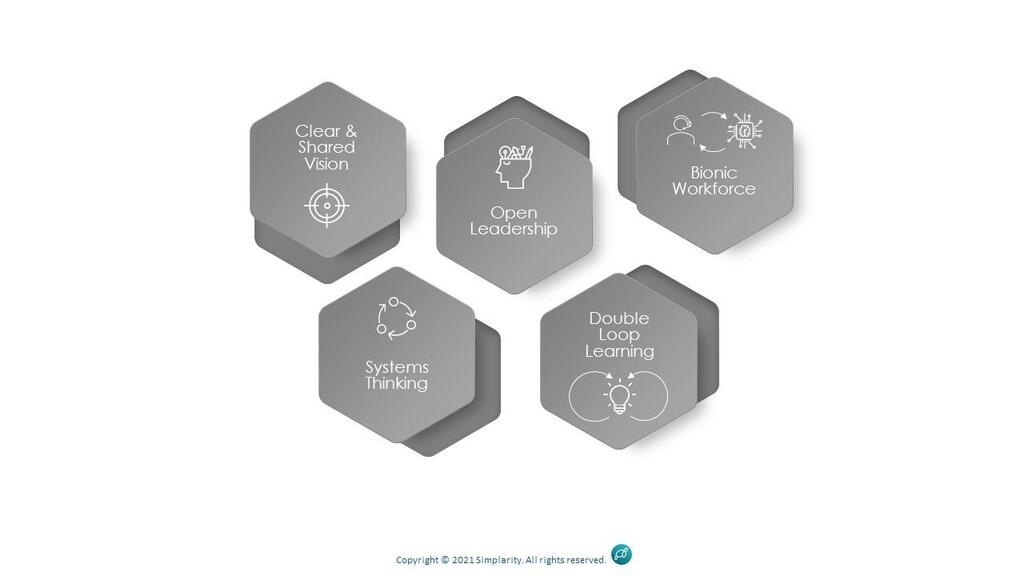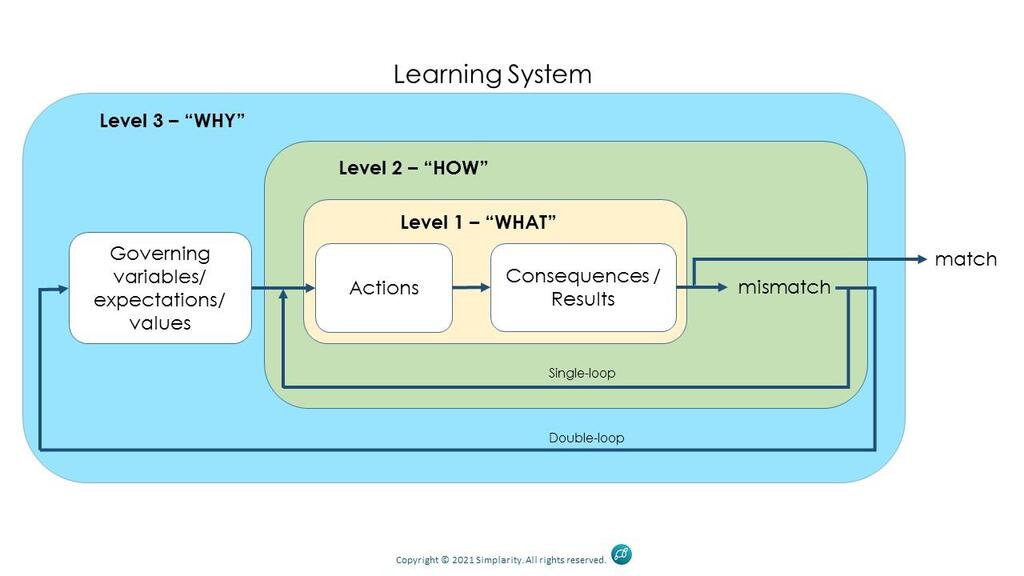
People in organisations like to talk about innovation and every other company has innovation among its core values. However, those talks are often just talks and such organisations are nothing but fool’s gold – you can hear plenty how innovative they are yet they are worth nothing. On the other hand, truly innovative companies are like gold – they are very rare and worth a fortune.
But do companies need to innovate? I don’t think the companies’ leaders really face the question “to innovate or not to innovate?”. The answer is obviously Yes, unless the goal of your company is just to survive rather than thrive in the modern world. In fact, the question they often face is “how to innovate?”.
When people ask me “What is the best innovation system or process we should implement?”, I always say “The one that is fit for purpose of your organisation, with the purpose closely linked to your business strategy”.
However, there are common key elements, which distinguish innovative companies from the rest. I call them “five hallmarks” of an innovative organisation:

It all starts with a vision. All successful innovative companies have a clear vision, which is shared by all key stakeholders (e.g., leaders, employees, customers). When people know WHY they are doing what they are doing and for what PURPOSE, it always boosts their motivation and commitment. Moreover, when the vision is inspiring, it lights up inspiration and people start to invent better ways of doing what they are doing in order to support the vision.
Now, how to create an inspiring vision? Simon Sinek in his book “The Infinite Game” [1] offers a couple of excellent tips and lists 5 criteria, which help in assessing of how inspiring your vision is. The more criteria your vision satisfies the more inspiring it will be. According to Sinek the vision must be:
Innovation always involves a change. If we take into account that the modern world is made up of interconnected systems, which are becoming more and more complex, then it is obvious that the most effective way of bringing innovations into the world would be to employ a systems thinking approach.
The next hallmark of an innovative company is what I call Open Leadership. I call it ‘open’ because it should:
Nowadays, there are still a significant number of companies that employ the so-called ‘McDonaldized’ management and leadership model – a bureaucratic, top-down structure ruled by explicit rules, where managers do the thinking, while employees do as they are told [2]. The basic principles of such an approach are:
This model works well when you need to improve the efficiency of what you already know how to do, but it results in a very rigid organisational structure. This approach does not work well when you want to secure intelligent cooperation of ‘knowledge workers’. So, while this type of leadership may help you to withstand and survive some of the changes, it cannot cope well with bigger and more rapid ones. Hence, there is a need for a new approach – Open Leadership.
It is also crucial for an innovative organisation to exercise double-loop learning as a part of a multi-layer learning system and that the system in place facilitates different levels of learning (Figure 1):

Figure 1. Levels of learning (adapted from [3])
While it is possible to be a successful organisation just with single-loop learning (at least for some time), clearly only double-loop learning can help organisations to come up with truly revolutionary ideas and facilitate significant transformations. Only the organisations that master this type of learning will be able to enjoy sustained success in the modern era characterised by continuous and accelerated change.
The fifth hallmark of a modern innovative organisation is bionic workforce – the workforce, whose capabilities are enhanced not just by using smart technologies and machines, but by working together with them, interacting on a much deeper level. Such a collaboration of humans and machines significantly broadens the spectrum of innovation opportunities. For example, when routine and time consuming tasks are automated with the help of AI, employees will have more time to innovate. As noted in [4], “being bionic is about putting the right technologies in place and maximizing human creativity to its fullest extent. This means shifting away from monotonous tasks and working in agile teams to design processes and customer journeys that are truly differentiating. Technology is essential to unleashing human creativity and exploiting opportunities.”.
So, if you are on a mission to find a truly innovative organisation (or want to transform your own company) look out for those 5 hallmarks. While in nature it is not be possible to transform fool’s gold into real gold unless you have mastered alchemy, an ordinary company can be transformed into an innovative one. I cannot promise that it will be an easy path but, as they say, “we make the road by walking”. Building innovation capabilities of a company will require some effort and teamwork, and you may be faced with difficult conversations , but in the end the reward will be worth your troubles.
[1] Sinek, S. (2019), The Infinite Game, Penguin Business, UK.
[2] Ritzer, G. (2013), The McDonaldization of Society, 20th anniversary edn, London, Sage.
[3] Ramage, M. and Shipp, K. (2009), System Thinkers, London, Springer.
[4] Grebe, M., Leyh, M., Anderson, W., Rüßmann, M., and Franke, M.R. (2020), How Bionic Companies Translate Digital Maturity into Performance, BCG [Online] Available at https://www.bcg.com/publications/2020/how-bionic-companies-translate-digital-maturity-into-performance
Copyright© 2020-2024 Simplarity Limited